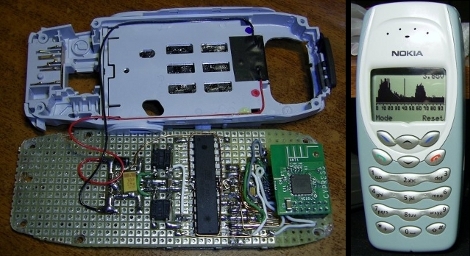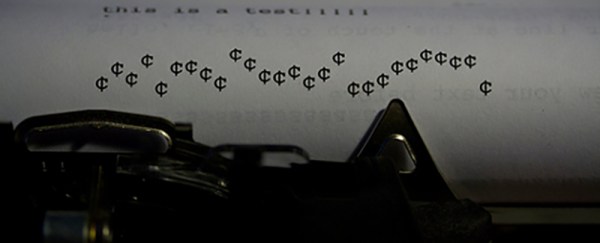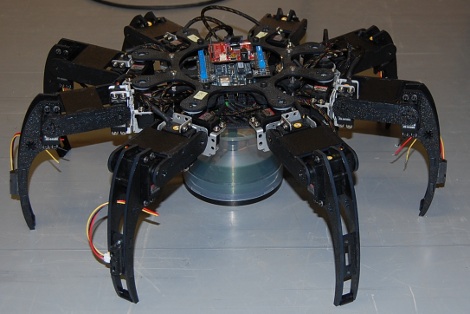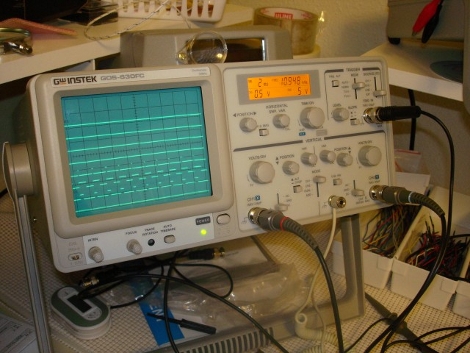
[Miguel A. Vallejo] wanted a portable spectrum analyzer for the 2.4GHz ISM band. No problem, there’s modules for that are easy to interface with a microcontroller and LCD screen. But carrying around a black project box doesn’t exactly scream ‘cool’ so he fit his spectrum analyzer inside of a cell phone. This made a lot of things easier for him; he already had a few old phones, he was able to use both the original battery and the original LCD screen, and a lot of the mounting work is already done for you. The only challenge was to fit his custom circuitry inside. By hacking off part of the CYWM6935 module and cutting some protoboard in the same shape as the original PCB he managed to get everything into this tiny portable package. Now he’s looking for a way to incorporate a charger, and an on/off switch.
If you don’t have an old cell phone sitting around you can try building a spectrum analyzer that uses a character display. But we’d suggest hitting up your friends for their old cellphones. The screens are used in all kinds of fun projects.















